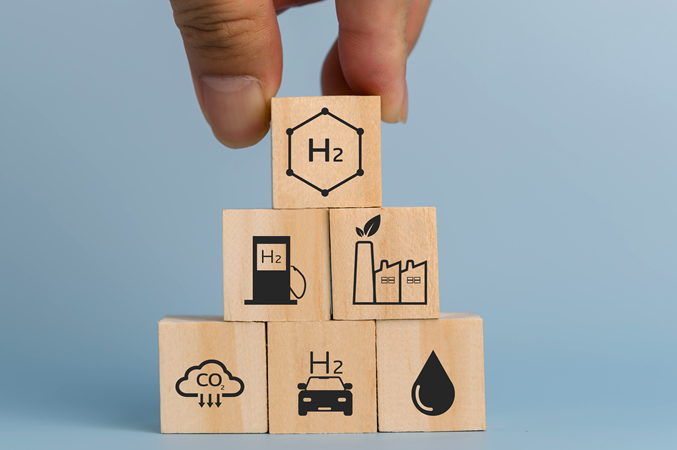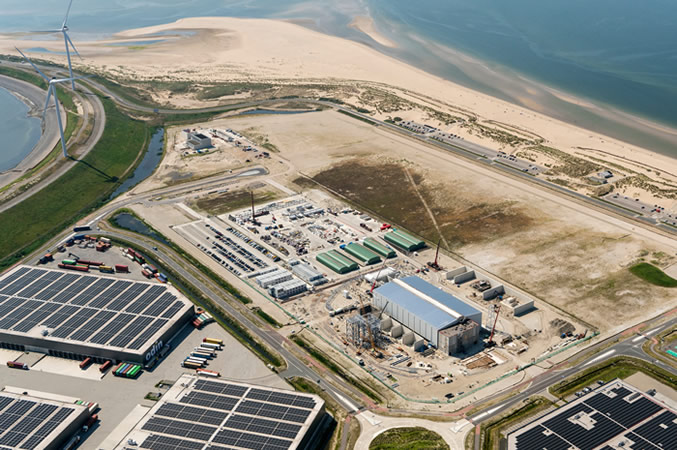
The European Hydrogen Strategy sets out this energy carrier as necessary to meet the EU's commitment to achieve carbon neutrality by 2050 and to support the global effort to implement the Paris Agreement. Renewable hydrogen is positioned as one of the main energy carriers in the long term due to (i) its production and consumption being climate neutral, (ii) its ability to be stored, which allows a higher degree of manageability, (iii) its capacity to triple the introduction of renewable energies within the energy system and (iv) being the best, and sometimes the only, alternative for a deep decarbonisation of some key economic segments such as maritime transport, aviation or high-temperature industry. The strategy states that by 2050 renewable hydrogen technologies should reach maturity and be deployed on a large scale.
HYNNOVA was created to provide a solution to the technological limitations existing in large hydrogen production plants, seeking to carry out the necessary research to create new advanced technological solutions for the modular design and efficient and safe management of high-capacity renewable hydrogen production plants.
A high-capacity plant is considered to be a high-power, high-performance production plant, which enables optimal and integrated high- and low-pressure storage solutions, and whose concept is realised from the perspective of modular and integrated design and levelized cost of hydrogen (LCOH) reduction.
These hydrogen production plants will require high efficiency ratios in order to reduce LCOH and achieve greater competitiveness. Along these lines, in order to improve the competitiveness of renewable hydrogen and reduce its LCOH, large plants will have to be highly modular, flexible in operation and optimise all the processes involved in hydrogen generation, compression and storage.

Technical objectives

If you have any questions, do not hesitate to contact us.
We are here to help you.
Coordinator: Christian Blanco
Email: cblancog@boslan.com
Project funded by the Department of Industry, Energy Transition and Sustainability of the Basque Government (HAZITEK 2024 Programme)
and the European Regional Development Fund (ERDF 2021 – 2027)
